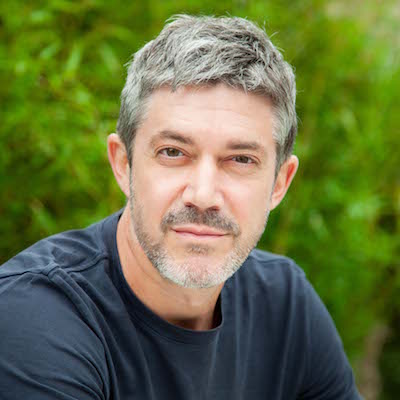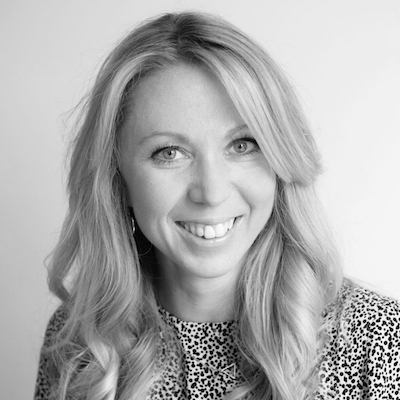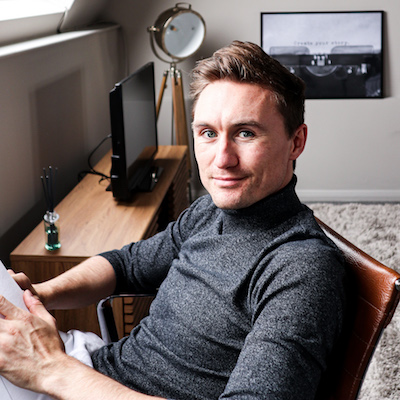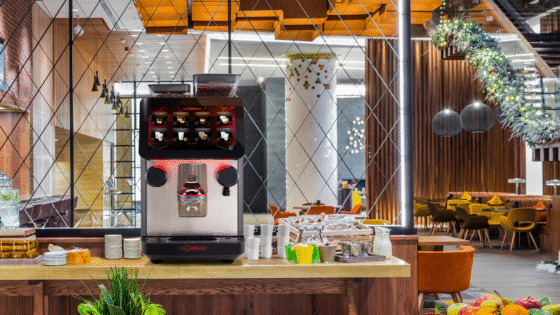With the aim to put ethical lighting – and not just sustainability – under the spotlight, Hotel Designs’ latest virtual roundtable welcomes Chris Stimson, Founder of lighting brand Well-Lit, and a handful of leading designers and lighting experts to explore ethical product design. Editor Hamish Kilburn writes…
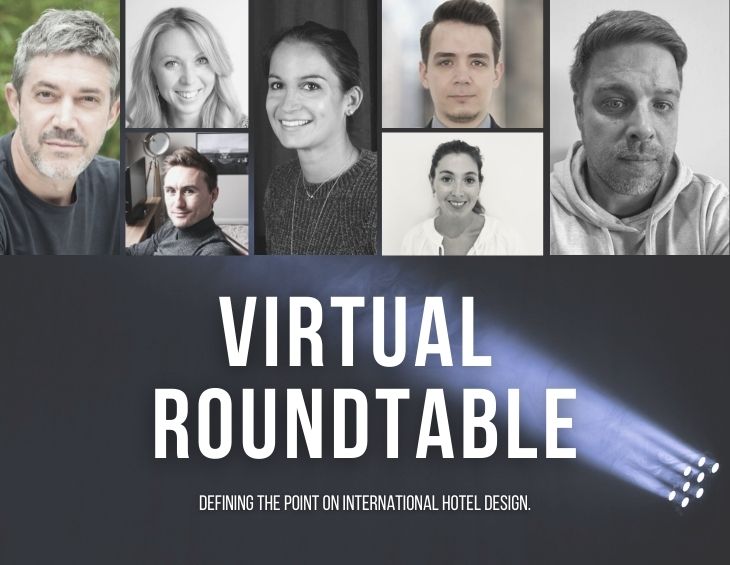
For years now, the buzzword that is ‘sustainability’ has been a constant tone; a consistent and unavoidable noise ringing in the ears of every designer, architect and hospitality professional – like tinnitus. Despite the topic remaining important and in its infancy regarding us seeing real change, in order to really clean up our act when it comes to designing consciously, it is not the only subject we need to consider and, if needs be, expose.
To really one day achieve a totally ethical arena for designers, architects and hotel professionals – we live in hope here on the editorial desk – we must also place product design under the spotlight. To do this, designers must not be afraid to question how raw materials are sourced as well as how each element of the product they are specifying is made. But how do we, as an industry, realistically achieve this when deadlines become tighter, briefs become narrower and so many other details need to be addressed on a project?
In addition to advising designers to specify responsibly, after moderating the below roundtable discussion, I no longer believe it is acceptable for brands to be ignorant on how their products are being made. The reason why I say this is because the consequences of such naivety, which emerge thousands of miles away from the first-world problems we face in the western world, can be (and are) unequivocally devastating.
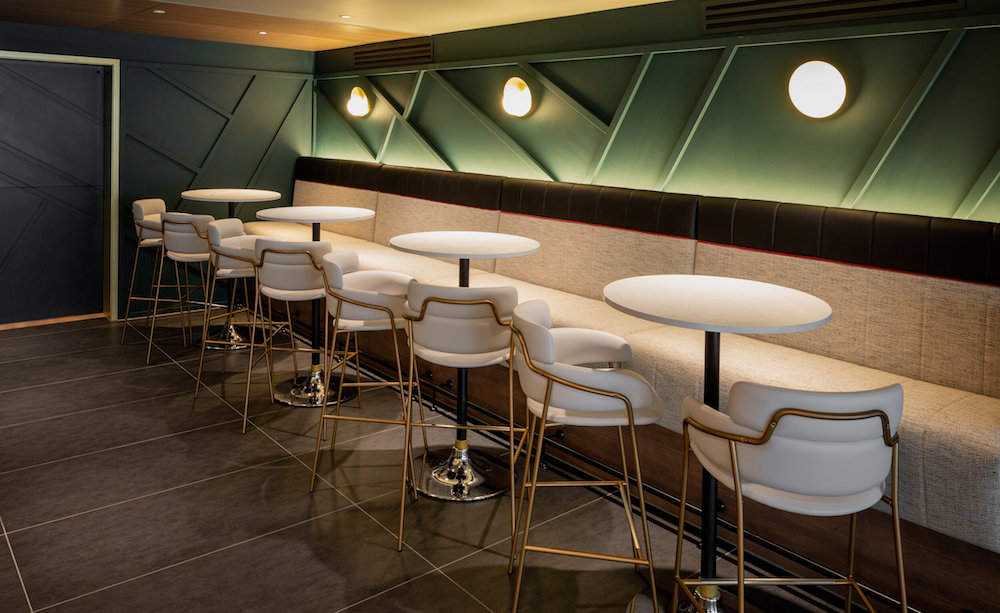
Image caption: Susan Lake’s lighting design, sheltered inside Yotel Edinburgh. | Image credit: Yotel Hotels
Many brands, both large and small, that currently manufacture their products in Asia are (knowingly or not) fuelling modern slavery. One man who has seen the human cost of unethical manufacturing is Chris Stimson, Founder of lighting brand Well-Lit, who inspired the topic of our Hotel Designs next roundtable.
To panoramically explore ethical lighting solutions with might and purpose, we invited Stimson, along with a handful of designers and lighting experts, to discuss just how bad the problem currently is.
On the panel:
- Chris Stimson, Founder, Well-Lit
- Arianna Ghezzi, Senior Lighting Designer, LDI UK
- Glenn Campion, Partner, LAPD
- Susan Lake, Founder, Susan Lake Lighting Design
- Metehen Apak, Senior Interior Architect, Dawson Design Associates
- Charlotte Flynn, Senior Designer, Ennismore
- Hamish Kilburn, Editor, Hotel Designs
Hamish Kilburn: Chris, why is ethical lighting so high up on your agenda?
Chris Stimson: It’s based on my own experience. Previously I was based in China, and worked as a sourcing agent for western brands that were looking for manufacturers. Before LED bulbs for domestic homes were known, I was watching the research, travelling to trade shows and meeting the people who were developing the technology. I successfully connected the manufacturers with brands – and that went well for about two years.
Then in 2010, there was a dramatic shift in the market as mass production entered, and the price of LEDs and what manufacturers could achieve fell. I was literally told over night to halve my prices or I would be out of a job. It was during that time when I witnessed things that rocked me to my core; I saw things that could not be unseen. Over the period of just six months I realised I facilitated it. I was part of the problem, so I decided that I was in a position to do better. And this is how we started the lighting brand Well-Lit.

Image caption: Well-Lit are one of the few lighting brands that is actively ensuring that the manufacturing process to make its products and components is ethical.
HK: As lighting experts and designers, how aware are you all about non-ethical practices when it comes to manufacturing?
Charlotte Flynn: I’ll be honest, before we had an introduction with Well-lit, we were not aware of the unethical side of lighting manufacturing. It really was new to us. At least knowing that brands, such as Well-Lit, were willing to bring this forward was comforting, but it was also pretty unnerving to think that, despite working with brands who claim to be ethical and sustainable, we actually had no idea just how bad the situation was. The reality is that many designers are unknowingly specifying products that have been made in barbaric conditions.
Metehan Apak: As designers, I think we have all noticed prices of products come down as demand rises. What cannot be ignored are the demands among modern travellers for sustainable design and hospitality. As a result, our clients are getting on board with our thinking to source sustainable and ethical products.
Arianne Ghezzi: We do pay close attention to the suppliers we are working with. There are a few items that we really care about when specifying and that’s usually around what happens in the background. Clients start coming on board when they realise that these ethical decisions often end up saving money when it comes to running costs. More and more, I have seen, that clients are also asking about the lifecycle of products and the recycling qualities of each product.
I also think that manufacturing tours are very usable for designers to understand how components are made and put together.
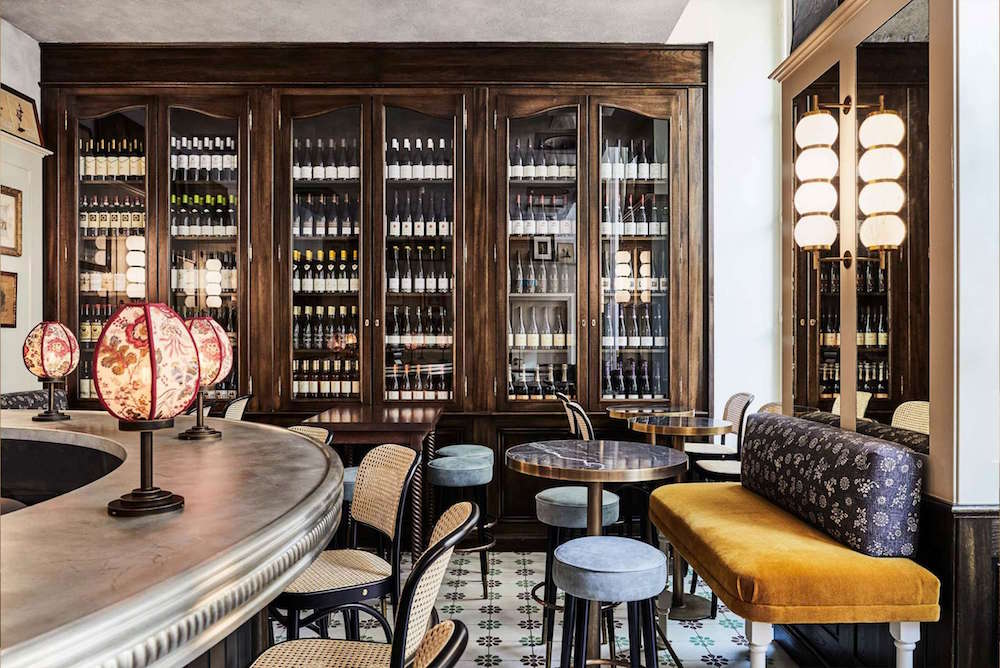
Image caption: Ennismore recently set new standards to only work with brands that can prove their ethical value. | Image credit: The Hoxton Paris
HK: I can imagine, though, it is very difficult for designers who are working towards a brief for a space to be aesthetically pleasing while also remaining on budget and for the materials to be sourced ethically. Realistically, can all three demands be met?
Susan Lake: It’s a very difficult tightrope that as designers we have to walk. We have to think about the larger picture but we also have to consider the budget, time and aesthetics. It’s reassuring to see that there are brands out there that do source and manufacture responsibly. Equally, it is our responsibility to really demand these credentials when we are specifying products. When it comes to ethics, though, to produce in an ethical way will naturally result in the prices going up.
HK: How do you qualify what is ethical – and what is the human and social cost of unethically made lighting?
CS: The situation around fast fashion really brought awareness to other industries. Even Apple – one of the world’s most recognised brands in the world – has huge problems with their manufacturing in Asia. For example, the brand launched a huge campaign about ethics and manufacturing. Well, on the day they released their press statement, a video emerged showing footage from inside a Chinese factory where the manager was throwing workers’ name badges on the floor for them to pick up at the start of their shifts. It’s incredibly difficult and if a brand like Apple is struggling then you can imagine how challenging it is for everyone else.
“It’s almost like ‘made in China’ is a dirty phrase. And it usually is, but it doesn’t have to be. – Chris Stimson, Founder, Well-Lit.
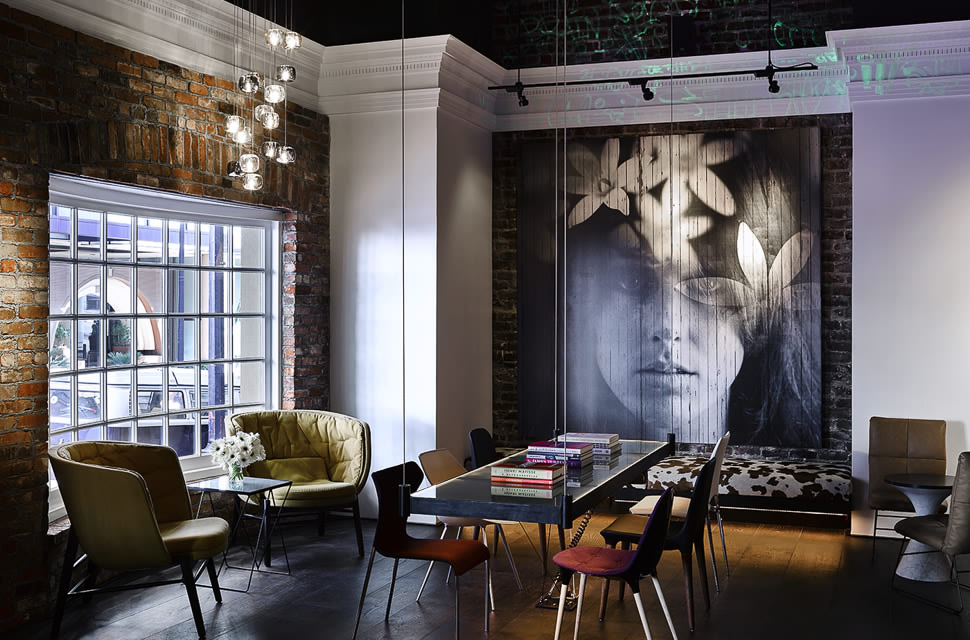
Image caption: Public areas inside Hotel Zeppelin, designed by Dawson Design Associates. | Image credit: Viceroy Hotels
In terms of my own experience and what I have witnessed, the social and human cost of manufacturing [unethically] in my industry is devastating. I am seeing migrants working hundreds of miles away from their families for very low pay – sometimes even refused pay. The working and living conditions in and around these factories can be disgusting and dangerous. They are being made to work inhumane hours and their jobs are threatened on a daily basis because they can be easily replaced. I have seen what that can do so someone’s physical and mental health and it is disturbing. It destroys people, and yet it still doesn’t get spoken about.
For a lot of brands, it’s almost like ‘made in China’ is a dirty phrase. And it usually is, but it doesn’t have to be. My beliefs are that we all live on the same planet and we should be treated equally. It is as important to discuss ethical sourcing as it is to highlight sustainability and carbon emissions.
“Sustainability seems to be the key word in the briefs but trying to find out information on how the products are manufactured and the conditions of the factories is very difficult.” – Glenn Campion, Partner, LAPD

Image caption: LADP Lighting Design’s simple yet dramatic lighting scheme inside The Loft Restaurant. | Image credit: The Loft Restaurant
HK: In your experiences, are you being told the truth when brands tell you about their ethical credentials?
Glen Campion: Finding and measuring metrics and data on the ethical standards of manufacturers is nigh on impossible. It’s not something that is published. Sustainability seems to be the key word in the briefs but trying to find out information on how the products are manufactured and the conditions of the factories is very difficult. I think there is a lack of accreditations. The only one I am aware of is the Green Alliance but I know that doesn’t cover everything, so there is a long way to go.
CS: That’s really important because there are no accreditations out there that define exactly what an ethical brand is. I can set up a brand tomorrow and convince a lot of people that we are doing everything the right way and it would simply not be true. The only time in my career that an organisation has really challenged me on what we do was when The Observer were considering us for ‘ethical product of the decade’ in their ethical awards. They asked deep questions and requested evidence.
For designers, it is almost impossible to know if you are purchasing sustainable or ethically made products, it really is!
“It is impossible to find out in certain regions. We have tried, for years, and we can source about 85 per cent of our raw materials and then there is just a hole. – Chris Stimson, Founder, Well-Lit.
HK: It seems that price is a pretty good indicator then. How much more expensive are ethically sourced lighting products?
CS: When we designed the business, we asked how we could create an ethical product. We had to be a profitable, sustainable and ethical enterprise. By truly doing this, it became clear that there was no way we could afford large-scale PR or a large offices and teams in London. In fact, in 12 years, we have spent about £12,000 on marketing because every penny we have has to go into the design of the product.
What’s more is that we need to present our products at competitive prices to our competitors otherwise we are out of the game. The challenges of running a business like ours is extraordinary when competing against the large brands with deep marketing pockets.
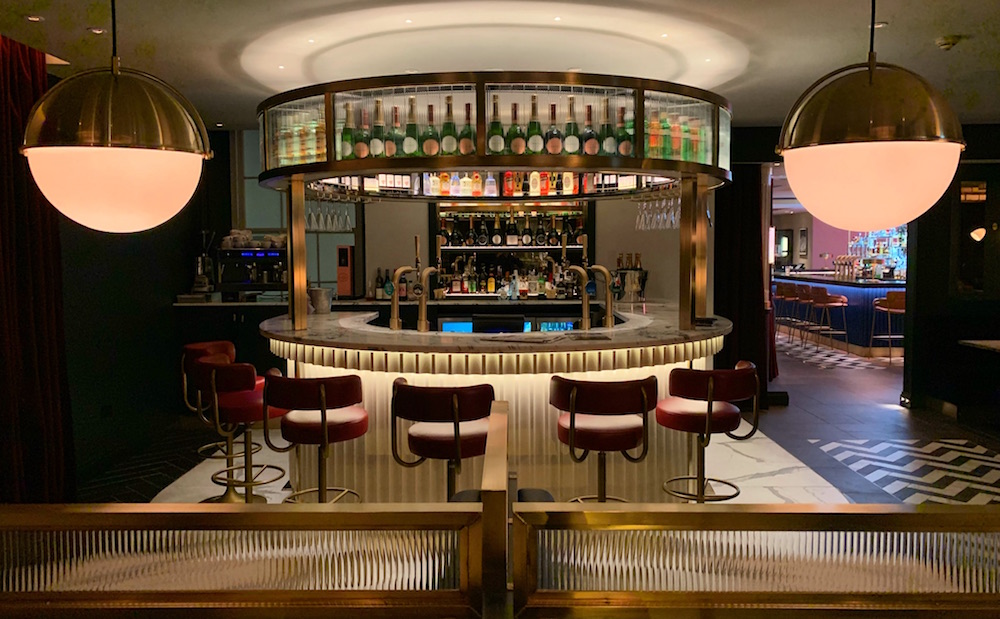
Image credit: Well-Lit
Glen was talking about supply chains and where raw materials come from. The truth is that it is impossible to find out in certain regions. We have tried, for years, and we can source about 85 per cent of our raw materials and then there is just a hole. Therefore, we cannot promote ourselves as a completely sustainable business – but we try everything we can to be as ethical and sustainable as possible, while being ahead of the technology curve when it comes to lighting innovation.
I also don’t think you can be a sustainable business without being an ethical business. The real sustainability crime is the sheer amount of the low quality, often broken, bulbs that we shipped from China to the western world. If you think about the carbon footprint of these products that end up faulty and subsequently replaced with another bulb that has done the same journey, it’s not an ethical solution.
We make everything by hand, and that gives us such a low failure rate. Yes, we suffer on the cost of that but there really is no other way for us to produce those products ethically.
HK: Charlotte, how have your conversations changed with other brands since learning about what Well-Lit does?
CF: When it comes to the supply chain of products, we have an in-house sustainability focus group. We set up a schedule and there are questionnaires sent out to our recommended suppliers about their supply chain of materials. And yes, we have seen the same, we manage to trace back materials half way and then it descends into a black hole. With lighting, Chris was the first to put this on our radar. We actually only work with Well-Lit at the moment because of our shared ethos around ethical sourcing.
Obviously, we do have the benefit of being in-house so we are able to make those pledges and they are transparently communicated and understood among the whole team here. However, I believe we can set a tone for the industry to follow. It’s been really key to ensure that this, sustainability and conscious sourcing, is within our brand standards at Ennismore.
HK: Why is more lighting not manufactured in the UK?
SL: It really does depend project by project. Some clients, depending on their clientele and demographic, are more focused on ethics and environment than others. Those clients are willing to pay more for the products. It is easier to trace back materials when the products have been made in the UK, but it is tough because all businesses need to think about their profitability.
HK: Please tell me that brands can ethically manufacturer products abroad as well…
CS: Yes, it can be done – our brand uses very good factories in China while also manufacturing in the UK. There are certain items that you simply cannot manufacture in the UK, such as bulbs, while also retaining a price point that anyone would touch. One of the things that gets missed out in topics like these is that there are brilliant crafts people in Asia who are doing brilliant things. In terms of both technology and the governmental support given to these creatives, they are some of the best people in the world and yet their reputation is being tainted by the result of greed and poor quality mass production of products.
In terms of being able to manufacture in China, there is a lot of trust that come into it. There are just two or three factories that I would use because of genuine shared values when it comes to the manufacturing process and human ethical standards. The most important element for us is that the workers are passionate and buy into the products they are producing. If they are benefiting from the products they are creating, then they will produce better quality products. This ultimately results in a product that has more longevity.
HK: How has this situation become so out of control?
CS: In my experience, most LED bulb brands do not know what is happening. It’s not always that these companies don’t want to know but it’s more that they just assume everything is happening the way they think it is. The sourcing process for most companies is to meet suppliers while travelling to trade shows, perhaps stay on to visit a factory where samples can be made and prices can be agreed. They might do a factory inspection but a lot can be hidden and this process, in my experience, can be highly manipulated and deceptive.
HK: What can designers do to make the industry more ethical?
CS: Ask difficult questions and demand hard evidence. For suppliers, these questions should be directed towards the factories they are working with. Suppliers should know about the living and working conditions of the workers who are in these factories.
GC: I’ll be honest, when it comes to specifying, over the last 10 years the decisions from clients have been driven by cost. The choices on the lighting projects I have been involved in are around supply costs. There are so many components in lighting schemes that need to be measured and presented, so weighing them up against another product that is ethically sourced is not often asked for. It would be great, however, to promote ethical sourcing and really help to educate the industry on the effects of unethical manufacturing.
HK: I think you’re right, the more companies that put forward good, solid evidence around ethical production of products, the more the industry will naturally demand this being an essential. Ultimately, if all suppliers looked deep into their supply chain and if all designers were more inquisitive about the products they are supplying then the healthier the industry will become on a global scale.
Main image credit: Hotel Designs



